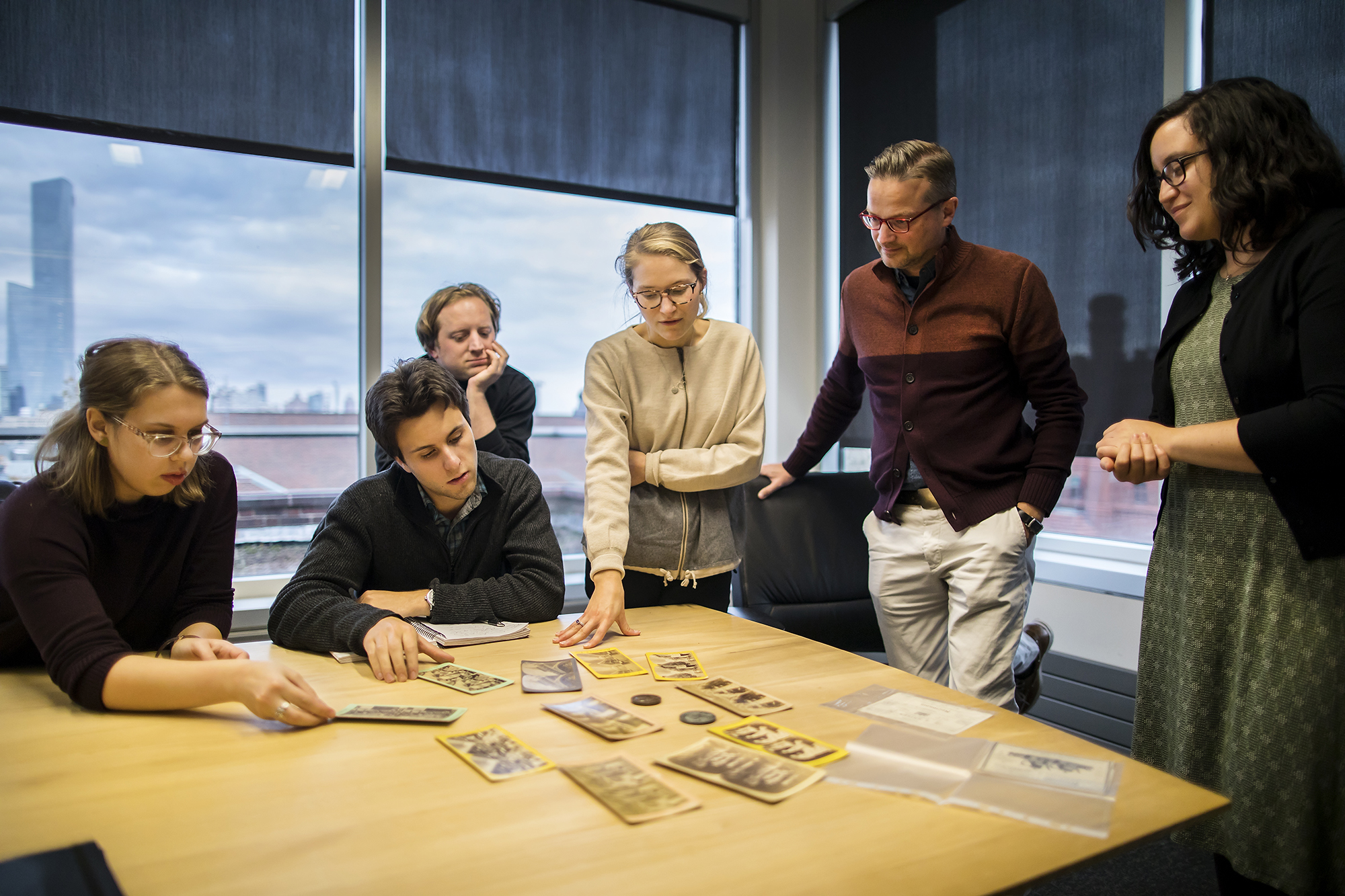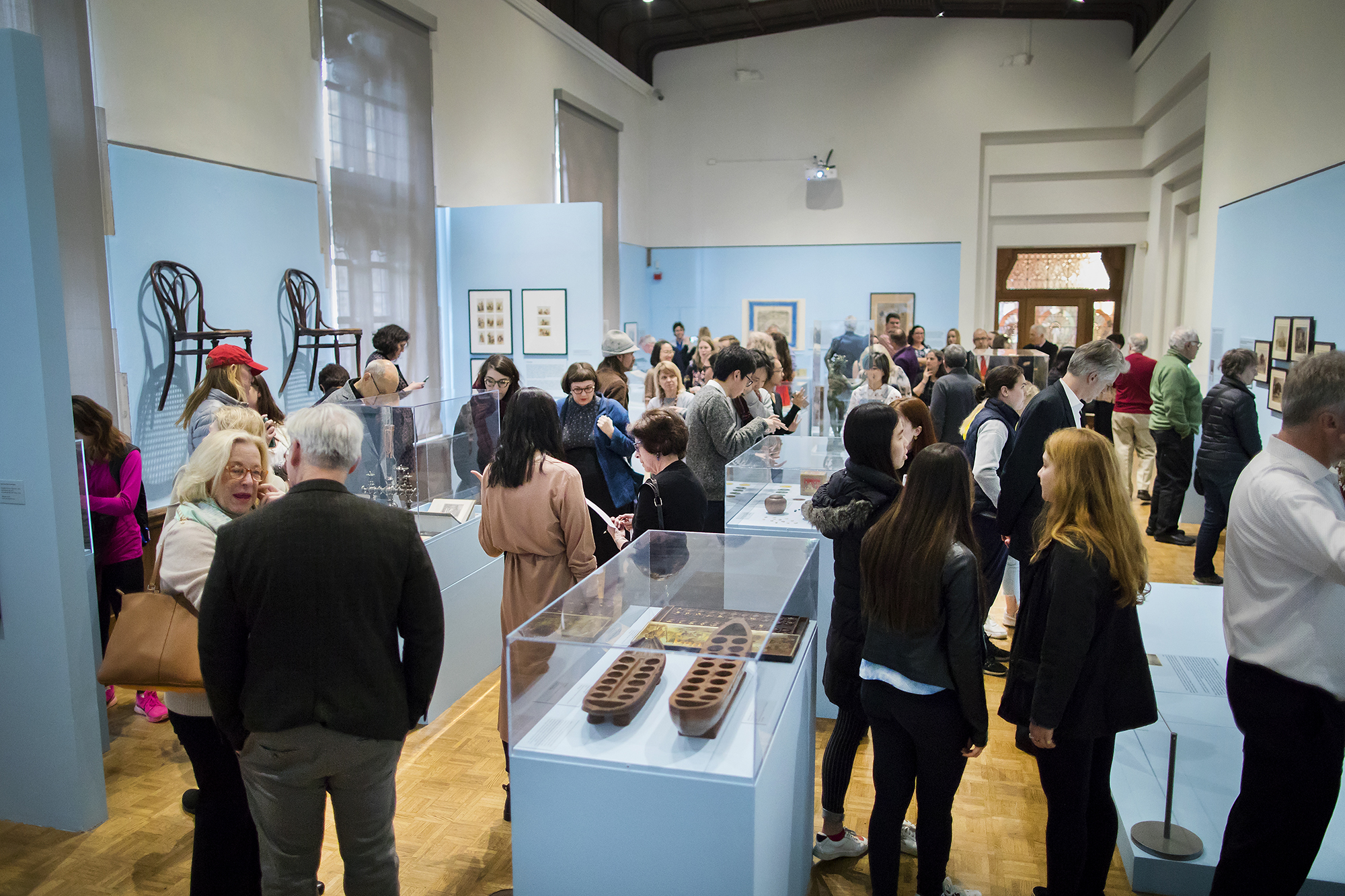Fall 2017
André Dombrowski
How do things made for universal expositions condense the world and put it on display? The exhibition at the Arthur Ross Gallery from April 7 to July 29, 2018, and the accompanying catalog were the culmination of a curatorial seminar in the fall semester of 2017 (taught by Prof. André Dombrowski), examining this crucial aspect in the history of globalization. The objects under scrutiny were first shown during world’s fairs in the nineteenth and early-twentieth centuries (1851-1915), materializing competing visions of the world and modern mechanisms of international exchange. Yet, to distill something as irreducibly large as “the world” into a single object is no small task. And to miniaturize the globe in order to fit it into the spatial confines of a city within a temporal frame of around six months (the typical length of a fair) added to this challenge. Our seminar discussions demonstrated the special nature of world’s fair objects that converted empire, tourism, and industrial production into an aesthetic seduction, melding an appetite for novelties and a drive to conquer people and territory into the two sides of the same coin. At universal expositions, the world of goods and the world of knowledge became interchangeable, resulting in goods that were more virtual and knowledge that was more thingly. In the process, the fairs created a material encyclopedia of all that industry, science, technology, culture, and art had to offer at any given time—world culture perceived from a highly spectacularized, “meta” vantage-point in line with the totalizing aspirations of the Western imperialist project.
As a result, the period’s idea of the “world” could never quite stay the same, because, shaped by the new orders of knowledge and things that dominated the fairs, it was constantly revised and revisited. All the more reason to study the period’s conceptions of the globe precisely through such objects, because they opened onto a special kind of material microcosm, a cosmos of things. Assisted by Heather Gibson Moqtaderi, the Assistant Director and Associate Curator at the Arthur Ross Gallery, and Lynn Marsden-Atlass, Executive Director of the Ross and University Curator, and many other scholars on campus and off (a full list can be found in the catalog’s acknowledgements), the following thirteen undergraduate and graduate students at Penn made the seminar, the exhibition, and the catalog a success: Naoko Adachi, Olivia Dudnik, Nicholas Escobar, Jessica Hough, Emma Lasry, Anna Linehan, Isabelle Lynch, Ramey Mize, Bryan Norton, Francesca Richman, Nicholas Rogers, Serena Qiu, and Erin Wrightson. Fourteen local institutions, on Penn’s campus and in the city of Philadelphia and environs, as well as several private collectors, lent to the exhibit that included just over 100 objects.



